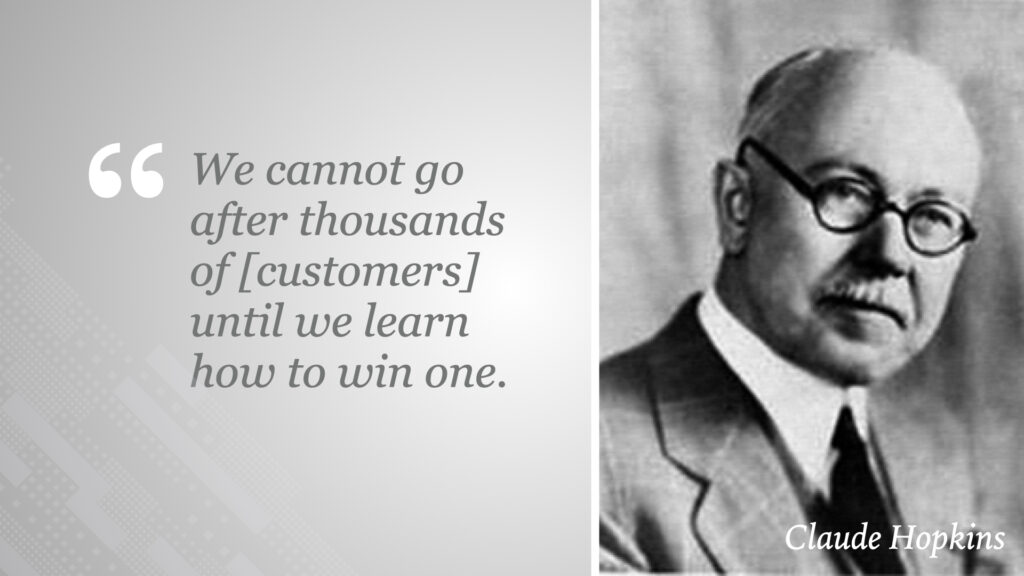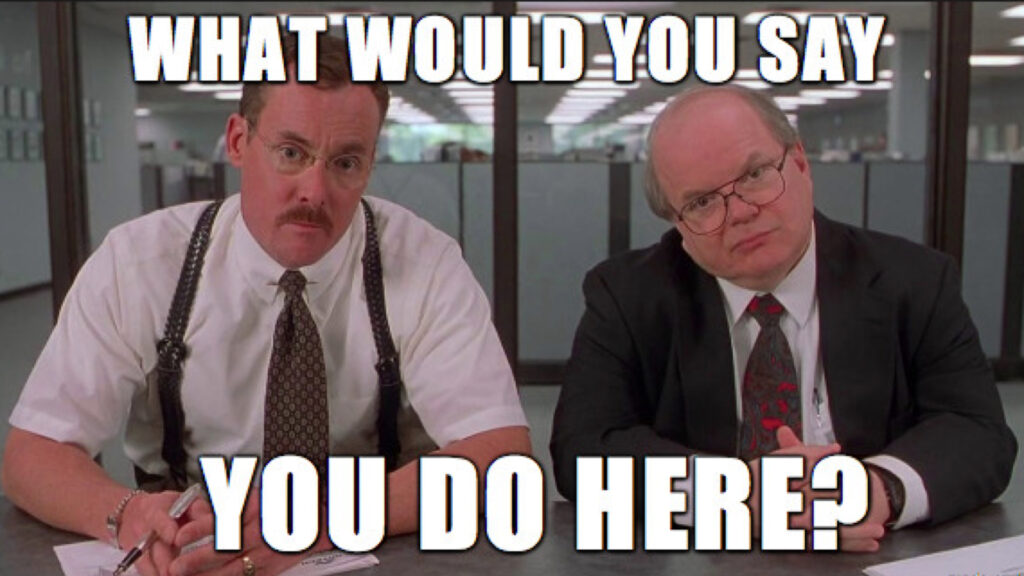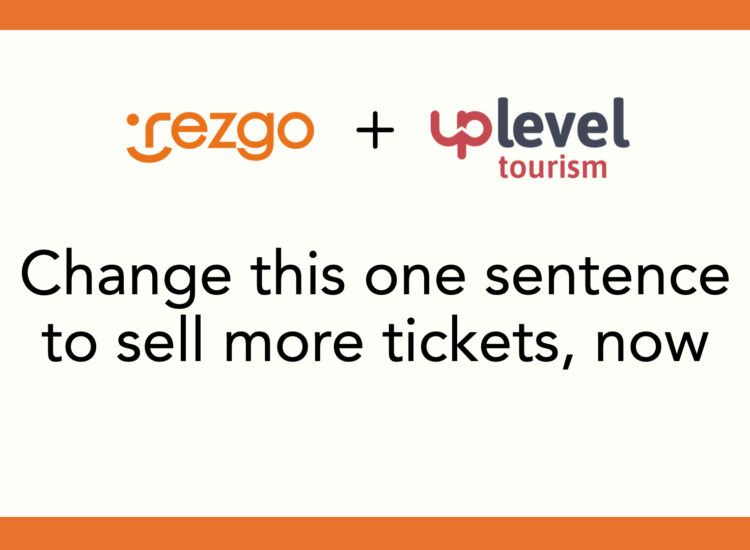The Evolution of Copywriting in the Digital Age
Copywriting is an ever-evolving discipline, adapting to the changing tastes and behaviors of consumers. However, the core objective remains unchanged: to compel action. During the Summit, I outlined the three primary styles of copywriting — narrative, brand, and conversion — emphasizing the unique role each plays in a comprehensive marketing strategy.

Narrative Copywriting captivates by taking the audience on a journey, engaging them with a story that resonates on a personal level.
Brand Copywriting seeks to etch a lasting impression, making your message memorable in the minds of your audience.
Conversion Copywriting, the focus of my talk, is designed to prompt action. It’s the linchpin of effective marketing, turning passive readers into active participants and, ultimately, customers.
Leveraging AI for Superior Conversion Copywriting
The integration of AI into copywriting offers unprecedented opportunities to refine and tailor your messaging for maximum impact. AI tools like chat GPT can generate a plethora of options for website sentences or marketing copy, providing a starting point that can be honed for greater effectiveness.
However, the true magic lies not in the generation of copy but in its strategic refinement. The biggest, taking the time to understand the person who will be reading what you create.

Understanding the Types of Copywriting
The distinction between brand, narrative, and conversion copywriting is crucial. While brand copywriting focuses on being memorable and narrative copywriting on telling a story, conversion copywriting is all about action. This means crafting copy that not only captures attention but also encourages the reader to take the next step, whether it’s purchasing a ticket or contacting your company for a corporate group booking.
AI and the Art of Conversion
Using AI tools effectively requires a deeper understanding of what makes conversion copywriting work. It’s not about flashy sentences or catchy taglines; it’s about clear, compelling communication that drives action. For example, instead of relying on abstract concepts or vague promises, conversion-focused copy should clearly articulate what the audience will get and why it matters to them. This approach transforms passive interest into active engagement, significantly enhancing the effectiveness of your marketing efforts.

The Button Copy: A Case Study in Conversion
A noteworthy example of conversion copywriting in action is the strategic use of button copy. Rather than generic prompts like “Click here,” effective button copy anticipates and aligns with the reader’s intent, such as “Compare Tours.” This subtle yet powerful shift in language can dramatically increase conversion rates, as it speaks directly to the reader’s desire to make an informed decision.
Moving Forward with AI-Enhanced Copywriting
As we look to the future, the role of AI in copywriting will undoubtedly grow, offering even more sophisticated tools to craft compelling, conversion-oriented copy. The key to success lies in understanding the underlying principles of effective copywriting and using AI not as a crutch but as a collaborator.
By focusing on clear, actionable messages that resonate with your target audience, you can leverage AI to create copy that not only captures attention but also converts interest into action.
In conclusion, the Travel Trends AI Summit was a remarkable opportunity to explore the intersection of AI and copywriting. As we navigate the complexities of modern marketing, the insights shared during the Summit serve as a beacon, guiding us toward more effective, conversion-focused copywriting strategies. By embracing AI as a tool for enhancement rather than replacement, we can elevate our marketing efforts to new heights, ensuring that our messages not only reach our audience but also inspire them to act.
For more insights and resources on harnessing the power of AI in tourism marketing, visit UpLevel Tourism. Together, let’s redefine the future of marketing, one word at a time.


